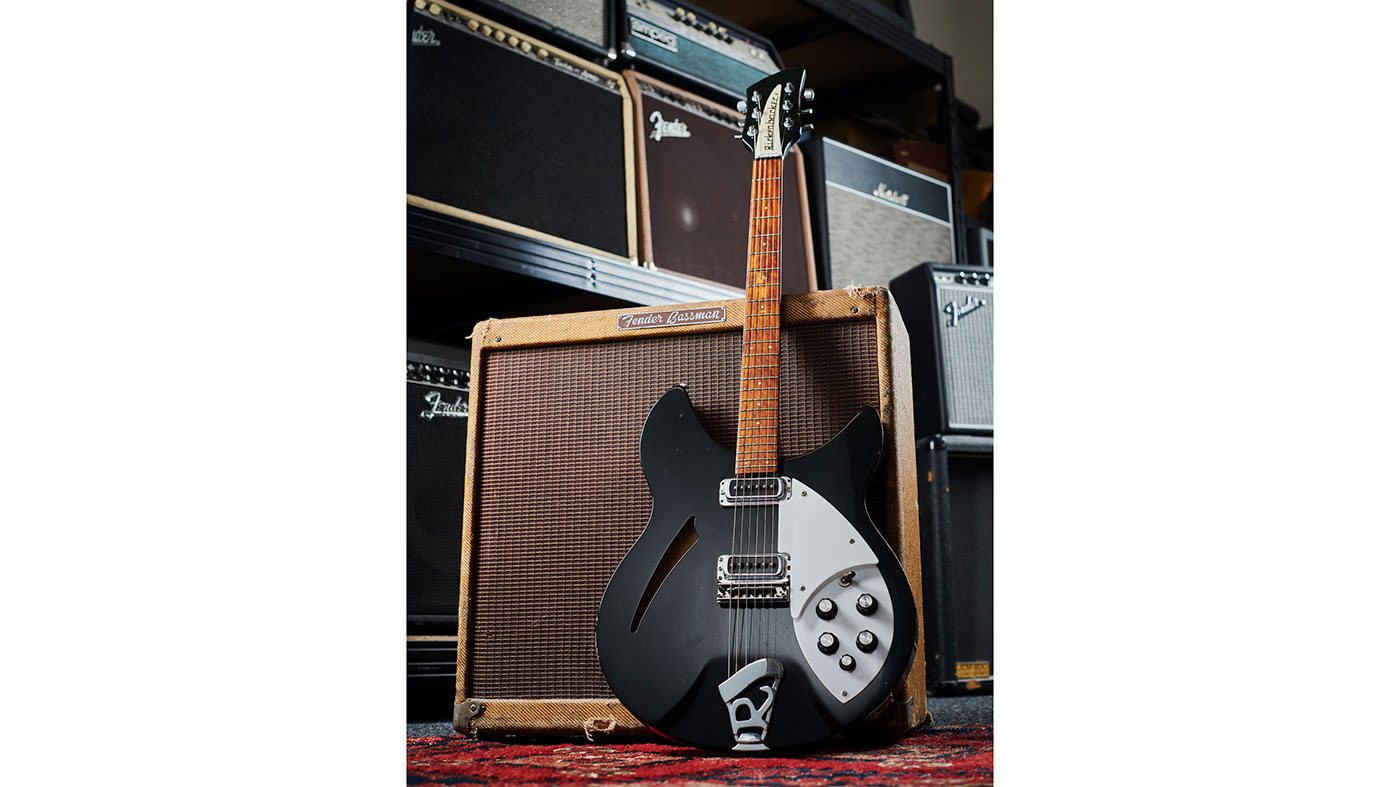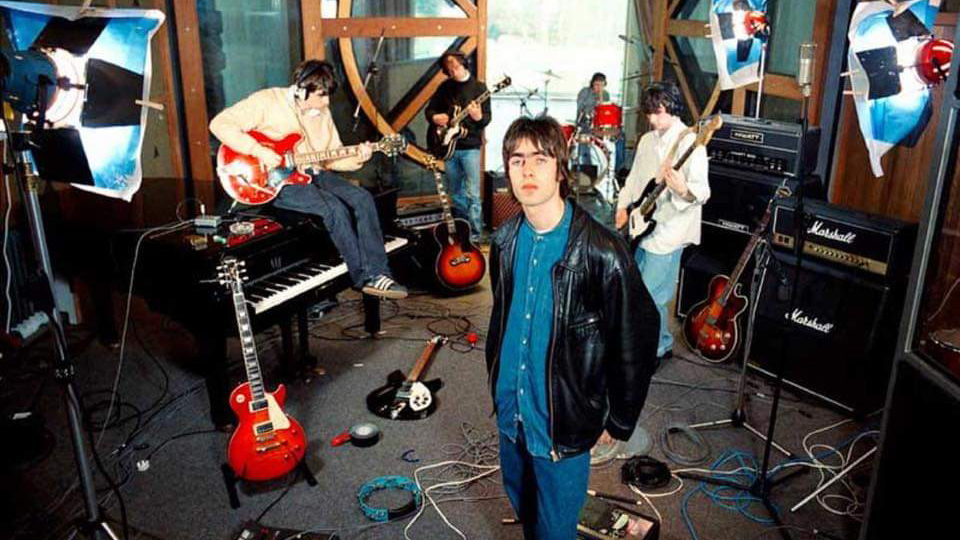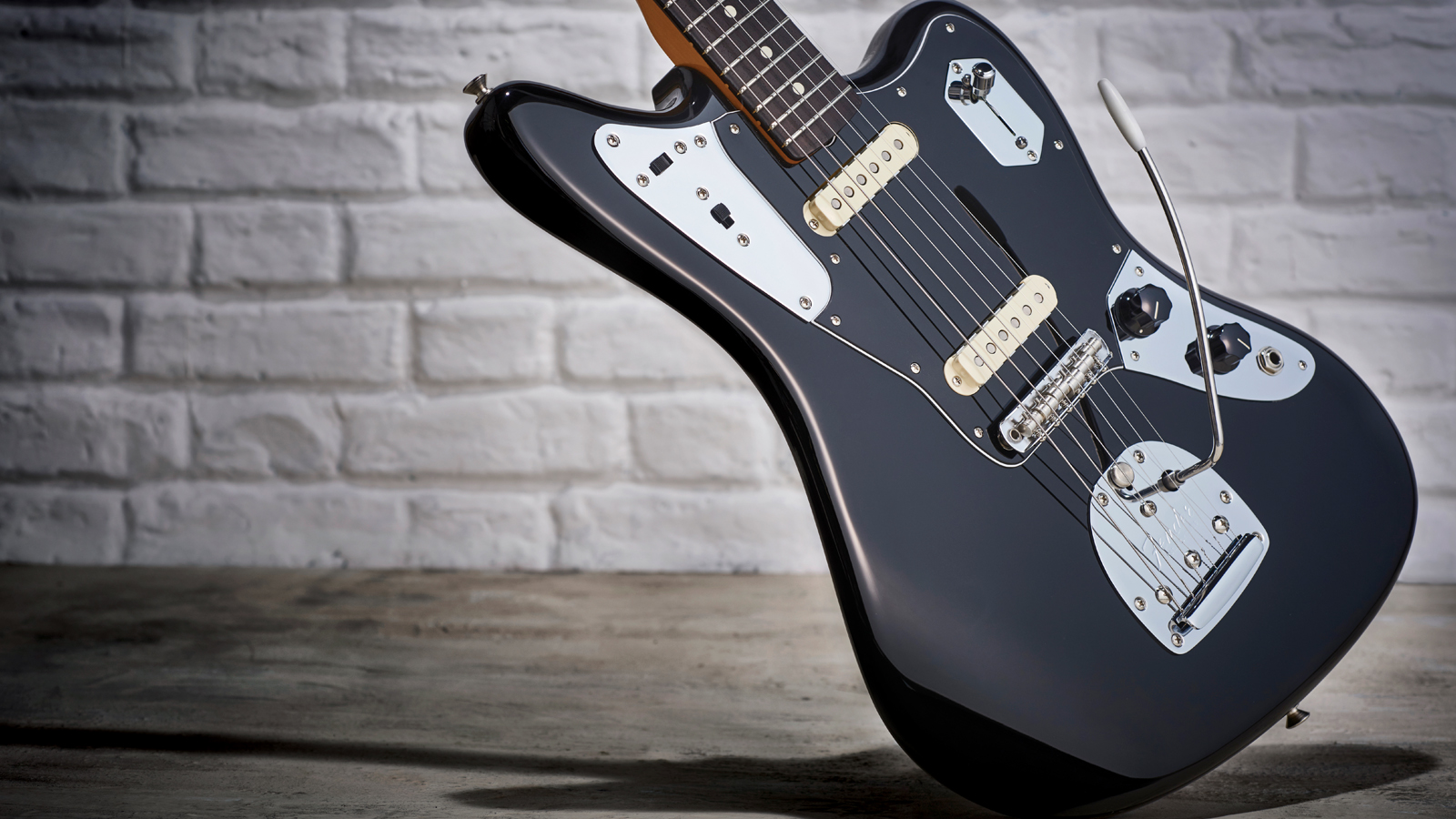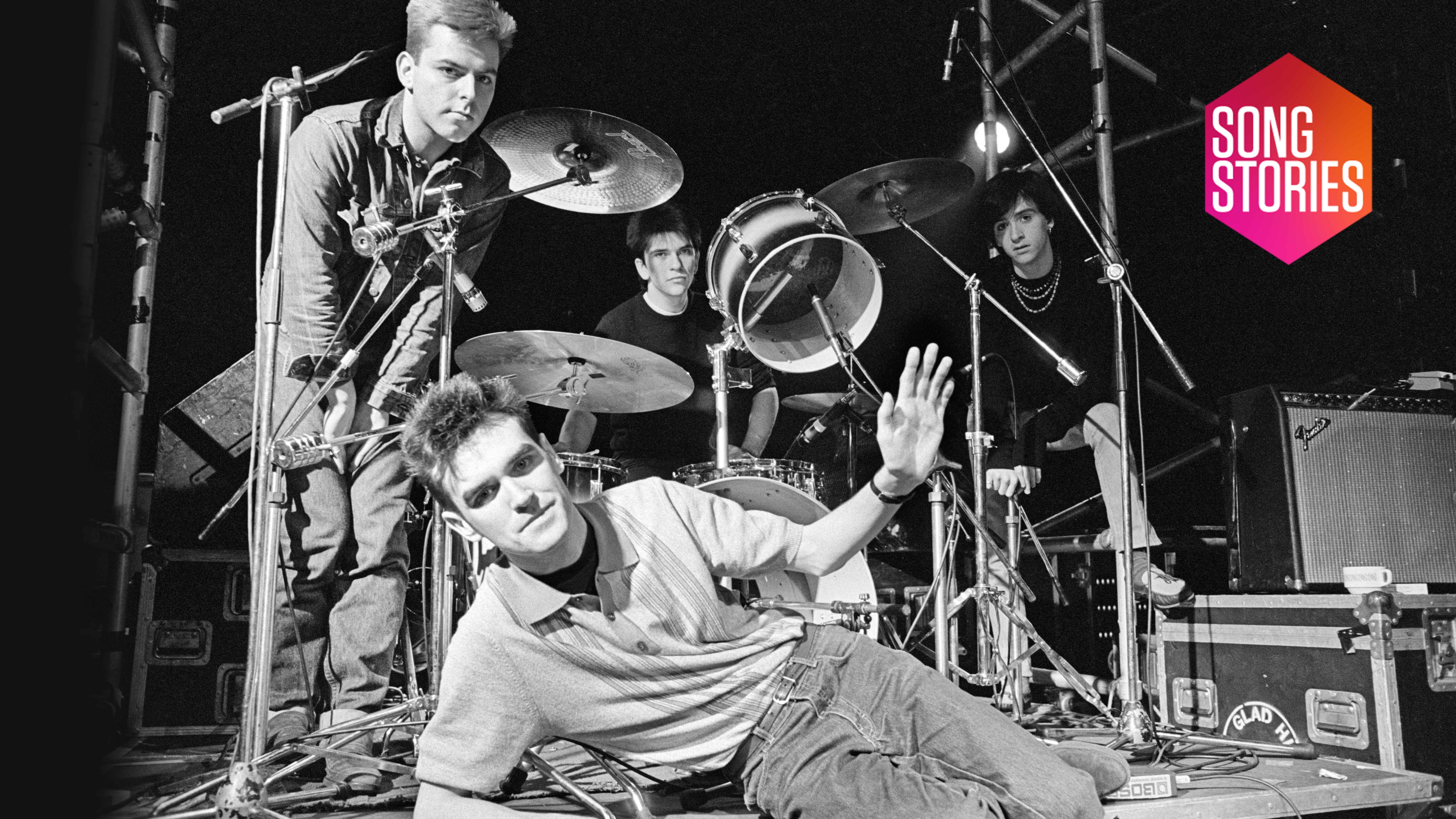
Johnny Marr has been talking guitars a lot lately – and he's got a whole new book as an added excuse. The appropriately titled Marr's Guitars highlights just how wide his taste and use of different models has been over his career so far; 335s, Strats, Teles, SGs, Les Pauls… but none of those electric guitars are what he considers to be his defining choices. On a recent appearance on the Raconteurs podcast with Gary Kemp and Guy Pratt he elaborated on the two models that are.
"I'd say there's been two major moments for that," Marr begins on discovering his key guitars. "It sounds a bit grandiose but without a doubt, one was the Rickenbacker."
This is the 1984 Jetglo-finish 330/6 that Marr bought during his time with The Smiths. "I got it very deliberately because I thought it would make me play in a certain way," Marr explained to That Pedal Show during an earlier interview. "I just new that Rickenbacker players played a lot of chords and melodies. And there's a thing about these early '80s Rickys that they're actually really great-sounding guitars. So one of the first things we recorded on it was [What Difference Does It Make?]."

He also recorded Reel Around The Fountain and wrote Smiths classic Still Ill on it. The same Rickenbacker appears on the cover of Oasis single Supersonic where it's lying on the floor (Marr was an early champion of the band and gifted Noel a number of guitars, including his 1960 Les Paul).

The next landmark guitar for Marr would come over two decades later. "Then I had exactly the same experience, in fact more so, when I picked up Isaac Brock's Jaguar," he told Pratt and Kemp on the Rockonteurs podcats.
Marr had travelled to Portland to work with Brock's band Modest Mouse, a collaboration that worked so well he ended up joining the band.
"By then I really worked myself out," Marr says of his guitar approach. "And I'd also had it projected at me, I'd been very fortunate to have it projects at me by bands and the press. More importantly, when I'd gone to sessions and people wanted me to play a certain way, I knew how I'm supposed to adapt.
Get the MusicRadar Newsletter
Want all the hottest music and gear news, reviews, deals, features and more, direct to your inbox? Sign up here.
"So that moment I talk about in the book where it's late at night in Portland, Oregon, where I'm jetlagged and playing with Isaac and it's the first time we've met."
It was this like that Marr bonded with Brock's 1963 Fender Jaguar.
Seventeen years later I've played nothing else onstage other than the Jags
"My Fender Telecaster wasn't competing with his Super Six amp," recalled Marr. "So I picked up his Jag and when I started playing it I knew that something very important was happening in my life. Normal, regular well-balanced people will go, 'That's a bit over the top' but well, I was right because 17 years later I've played nothing else onstage other than the Jags, and [now] it's got my name on and Fender just keep making them and making them."
Marr's Jaguar signature model success is of course much more than just about a name – Marr brought a true working player and guitar aficionado's mind to the design process. How to perfect the Jaguar. Because he's owned one before and not gelled with the design.
"I had one before and didn't really get along with it," he admitted. "I'd done that thing; file under 'not me'… what happened was I fell in love with that '63 Jag – absolutely thought it was perfection and then as I played it day in and day out, I started to notice what I call 'unwanted conditions'. And one of those was the switches that switch on and off, which is why the grunge bands used to put gaffer tape over those things…"

There was more to be done. Two years of R&D with Marr making changes to prototypes as he toured with Modest Mouse. "To be honest Fender very kindly left me to it," remembered Marr. "Bill Puplett has been working on guitars with me since the '80s and he's done with Jimmy Page, John Paul Jones – Bill's been around with the '60s and he is a genius, so I said to Fender, 'Leave me to it and if I need some help with the neck or whatever [I'll get in touch]'."
Working with Puplett, Marr aimed to deliver to Fender the prototype of what he considered to be "the perfect Jaguar" for him. And the result is his signature model.

"Every single one, in every shop, whether it's Syndey or wherever, is exactly the same as mine – the dimensions and everything about it," Marr told Pratt and Kemp. "I'm very, very proud of it. That Jag really makes me play like me – it's not just a vanity project. And when we finished it, Bill who worked with me on it is a fairly laid-back guy, I was playing at high volume and he said, 'It sounds like Ricky, plays like a Fender and it sounds like a Gretsch too'… which is a good assessment of my sound. It would have saved me an awful lot of money back in the '80s."
Check out the full Rockonteurs episode above.

Rob is the Reviews Editor for GuitarWorld.com and MusicRadar guitars, so spends most of his waking hours (and beyond) thinking about and trying the latest gear while making sure our reviews team is giving you thorough and honest tests of it. He's worked for guitar mags and sites as a writer and editor for nearly 20 years but still winces at the thought of restringing anything with a Floyd Rose.
“Every note counts and fits perfectly”: Kirk Hammett names his best Metallica solo – and no, it’s not One or Master Of Puppets
“I can write anything... Just tell me what you want. You want death metal in C? Okay, here it is. A little country and western? Reggae, blues, whatever”: Yngwie Malmsteen on classical epiphanies, modern art and why he embraces the cliff edge









